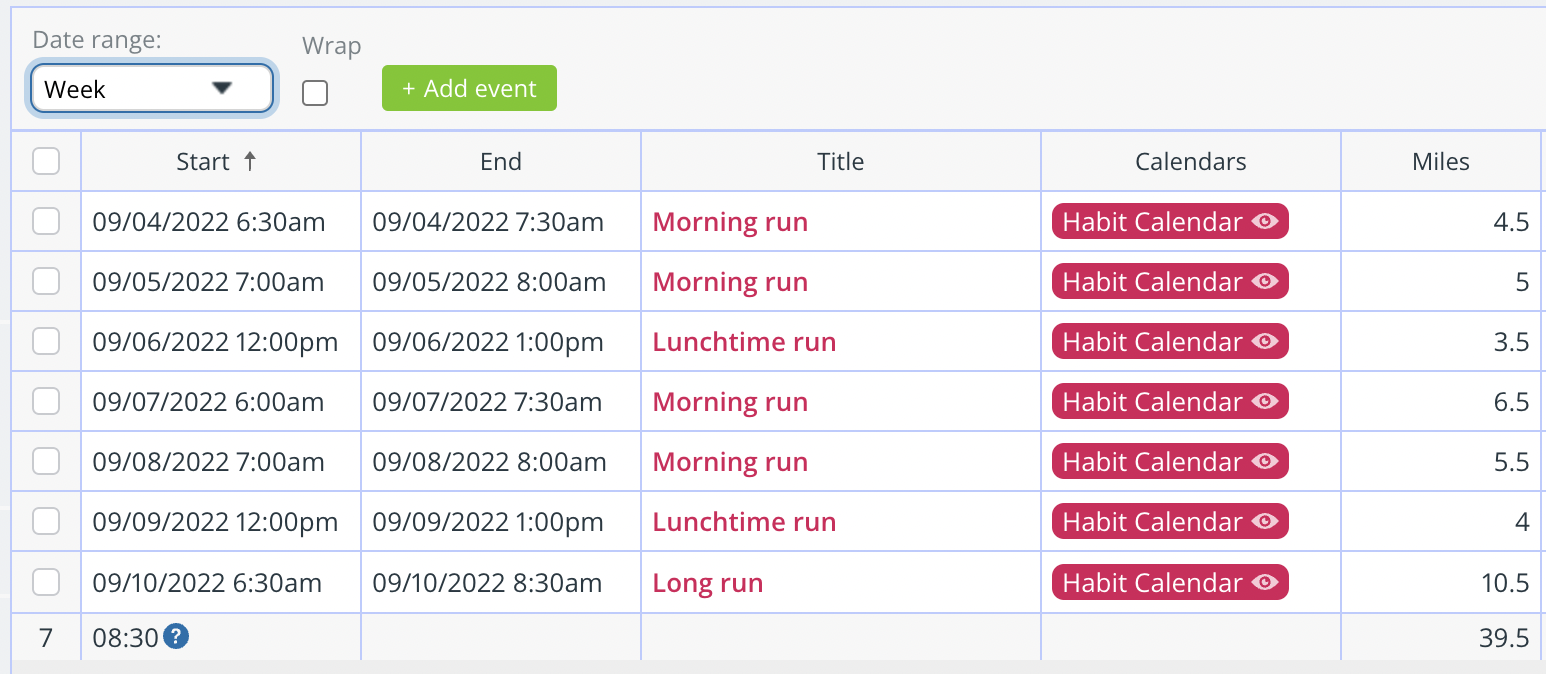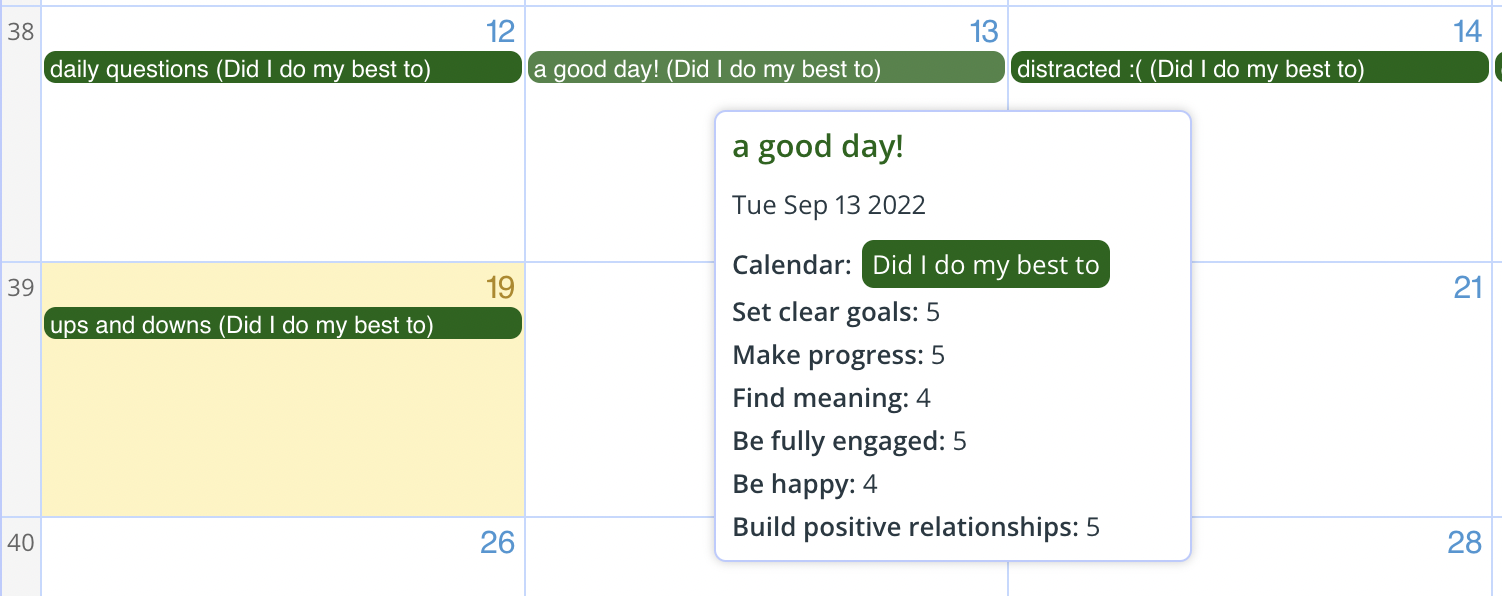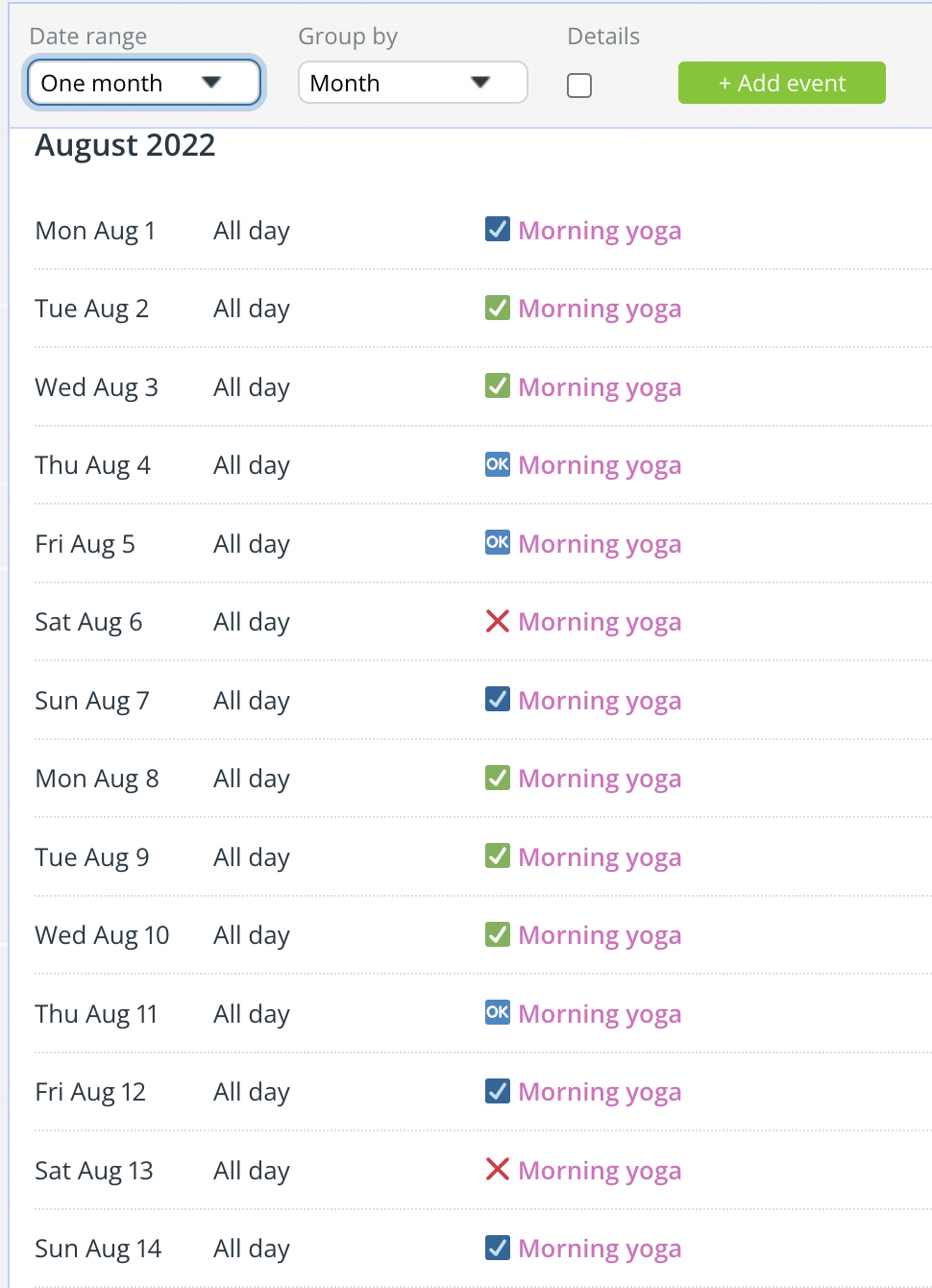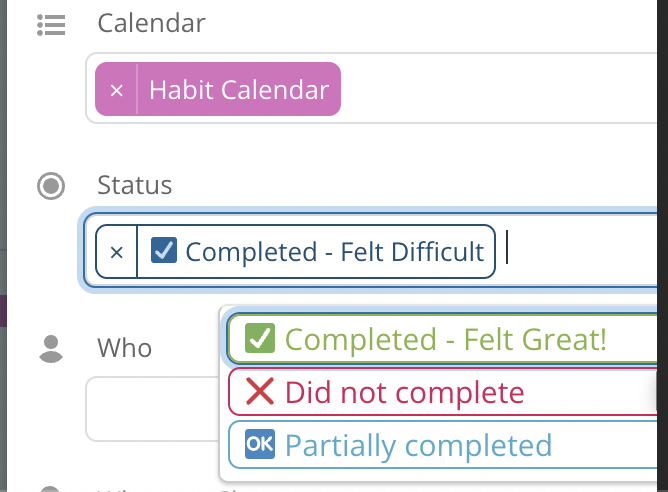Last updated Feb 22, 2024
We often think that to improve some aspect of life, only big changes and dramatic adjustments will have any effect. At first glance, this approach makes sense. After all, if we want to make significant changes, shouldn’t we put in significant effort? Well, yes, in a sense: it does take significant effort to change big areas of life, or to change one area in a big way. But, as James Clear notes in his best-selling book Atomic Habits, the smartest approach is not a giant effort all at once, but a small amount of effort applied consistently:
“Here’s how the math works out: if you can get 1 percent better each day for one year, you’ll end up thirty-seven times better by the time you’re done. Conversely, if you get 1 percent worse each day for one year, you’ll decline nearly down to zero. What starts as a small win or a minor setback accumulates into something much more.”
Small habits lead to big changes
Small, consistent work, over time, can create big, lasting change.
And this is great news, because we live in a complex world which requires us to process huge amounts of data and sort between many options for the most mundane decisions. Over the course of a day, decision fatigue sets in which can make it more difficult to use willpower, resist momentary urges, and make smart choices.
“The quality of our lives often depends on the quality of our habits.” – James Clear
With habits, however, we can program our brains to do certain behaviors automatically, so even on the toughest days we’re still maintaining progress toward our goals.
How to build a habit
There are several aspects to forming a habit, such as the cue and the reward. Feedback is also an important part of habit formation, because it demonstrates that you are making progress long before you can see it. As Clear explains:
“If you want to stick with a habit for good, one simple and effective thing you can do is keep a habit tracker.
Habit formation is a long race. It often takes time for the desired results to appear. And while you are waiting for the long-term rewards of your efforts to accumulate, you need a reason to stick with it in the short-term. You need some immediate feedback that shows you are on the right path.”
5 ways to track habits with Teamup
A habit tracker also serves as its own reward. You get a little positive reinforcement every time you make that checkmark or log the miles you’ve covered. And the reward becomes more enjoyable and meaningful as the chain grows. So, as you build a new habit, make sure you set up a habit tracker. Here are five ideas for tracking habits with Teamup.
1. Checkmark
The simple checkmark is a powerful visual for a habit tracker. Plus, it’s quick and easy. You don’t have to think about anything but getting that checkmark in place.

The more checkmarks you accumulate, the more motivating it is to keep adding them so you don’t break the chain.
2. Number
For some habits, you may want to track more than whether it’s done or not. For example, perhaps you want to write every day and track how your word count. Or, you might want to upgrade a habit: perhaps you’re a runner, and want to increase your distance, so you track miles. You can log each run on your calendar, and note the mileage in your number field:

Then, easily see your total miles for the week (or any other date range):

3. Score
Another way to track a habit is to give yourself a score. This could be a subjective score, such as how you felt about your day’s contribution or whether you enjoyed the process. Or it could be something more objective, such as a percentage of completion. You can also rate yourself on specific daily questions, as suggested by executive coach Marshall Goldsmith in his book The Earned Life:

4. Choices
You may want to track a habit status with more than a checkmark. Maybe you’d like to give yourself partial credit, or track not only where you did it but how it felt. Set up more options for the status field and you’re set:
Doing more detailed status tracking can help you notice patterns over time and troubleshoot your new habit.
For example, you might notice that you end up only partially completing your new habit on Thursdays, when you have to drop your kids off at school earlier for an extracurricular activity.
Or you might see that you consistently don’t complete your yoga habit on Saturday mornings, when you sleep in or have family activities to do.
Identifying patterns can help you adjust your expectations, plan how to overcome obstacles, and be more successful in your habit.
5. Notes
You can also simply write a few words to track your habit. You can do so in the event title, as part of the description, or in a text entry custom field.
Using this type of tracking gives you more flexibility. If you don’t have much time, you can still drop an emoji or type “Done” in the line. If you want to note more details, you can do that.
You can also use a combination; for example, a status tracker with a notes field below it. That way you can easily sort by status, and have the visual cue of checkmarks, while capturing more details when you’d like.
See more about creating a habit tracker or test out your ideas on one of our live demo calendars. When you’re ready, make your own calendar and start building the habits for those big changes you want.



